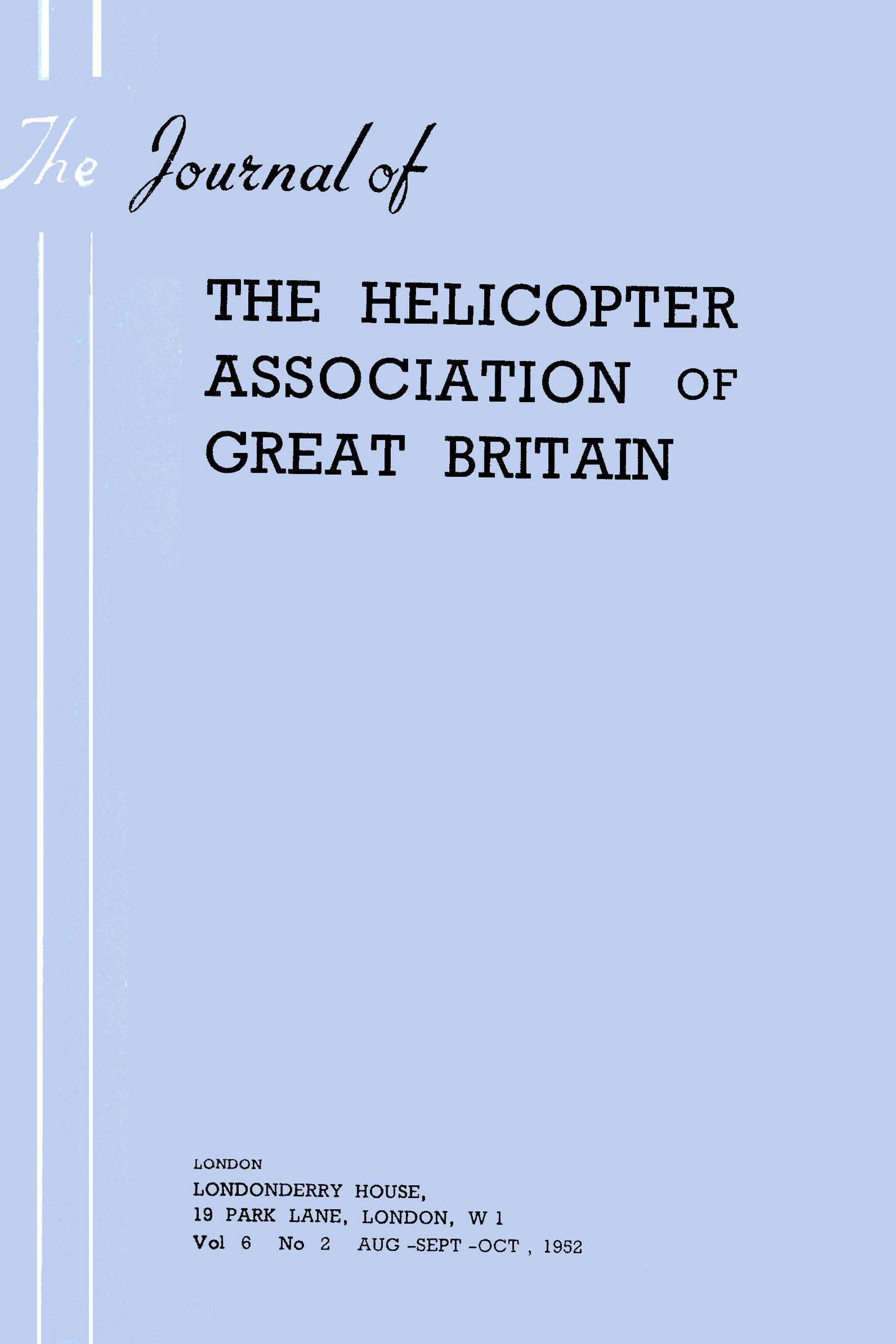No CrossRef data available.
Article contents
The Construction of Resin-Bonded Composite Type Rotor Blades, etc
Published online by Cambridge University Press: 26 October 2023
Extract
The advantages of constructing resin-bonded composite metal/wood or metal/fibrous helicopter blades, according to the design and by the “cold” assembly process developed by the author, may be summarised as follows
It is easy to demonstrate from first principles and also from the results of many tests that metal-clad sandwiches, suitable for helicopter rotor blade faces, fuselage shells, and many other aircraft components, may be designed with a bending stiffness from 10 to 40 times the stiffness of a simple sheet of metal of the same specification, size and weight This means, of course, that for an aerodynamically loaded surface, the spacing of ribs, stringers or other substructural members may be up to about three times that for the simple sheet with equal flexural deformation A simple calculation will give the weight-saving which can be effected by the elimination of such supporting members—and this saving would be available for further stiffening of the surface if desired
- Type
- Afternoon Session (Papers)
- Information
- The Journal of the Helicopter Association of Great Britain , Volume 5 , Issue 3: Oct-Nov-Dec 1951 , December 1951 , pp. 372 - 381
- Copyright
- Copyright © Royal Aeronautical Society 1951




